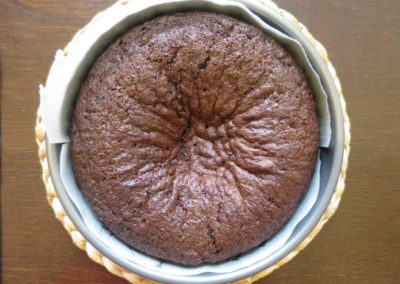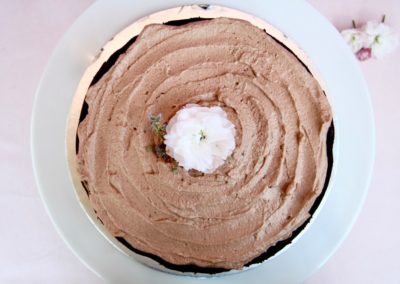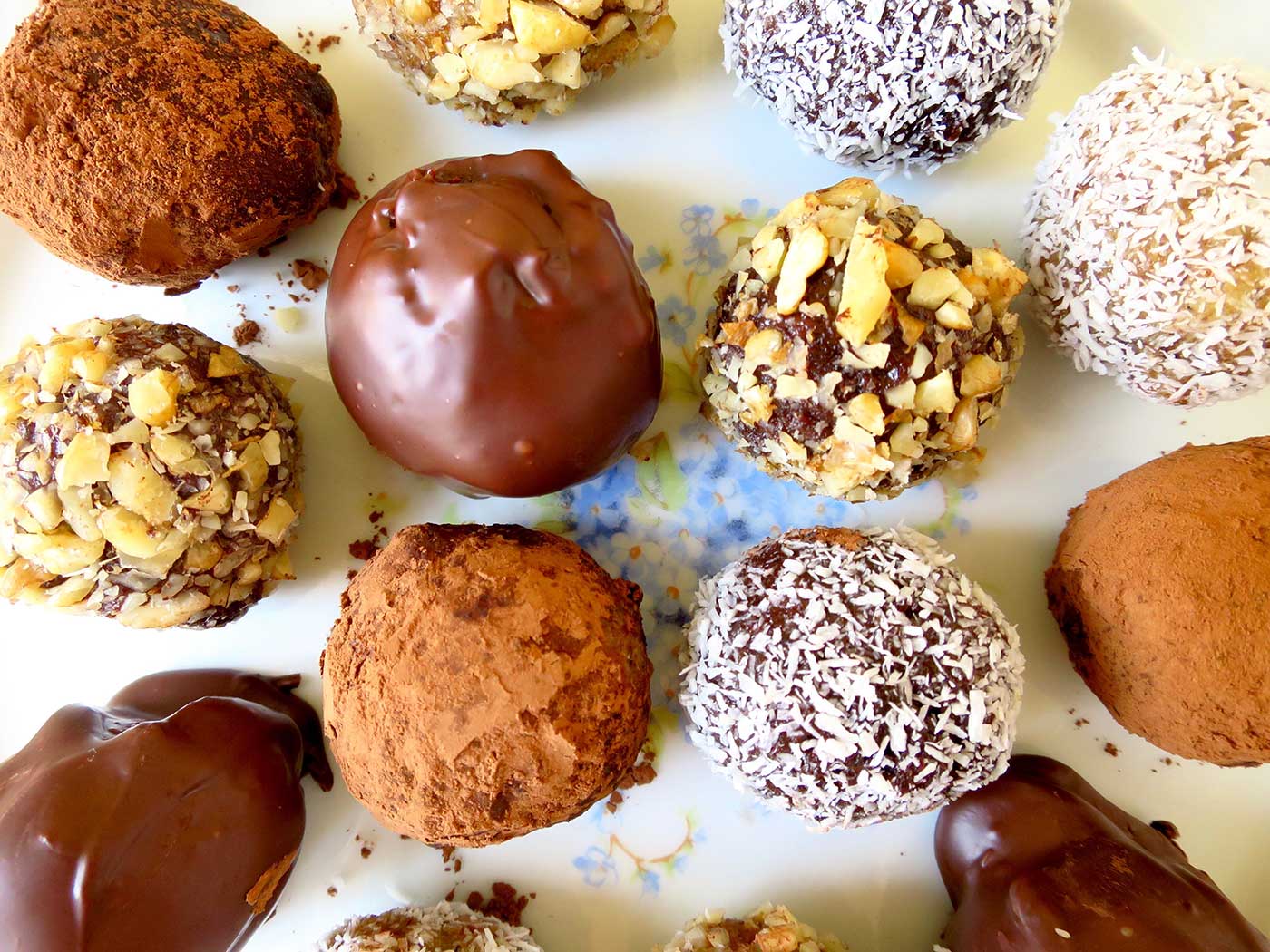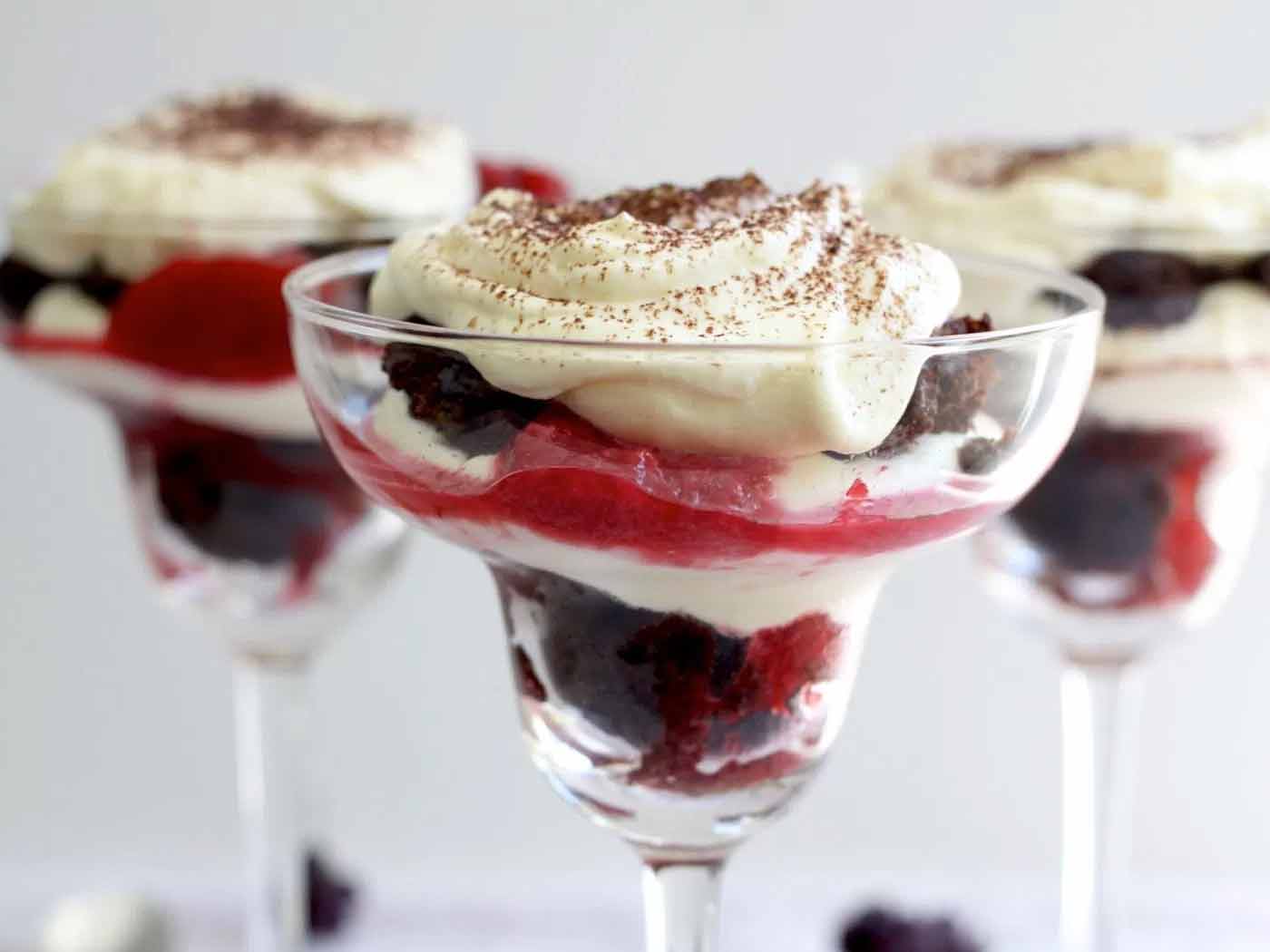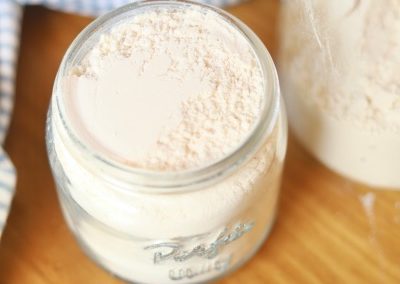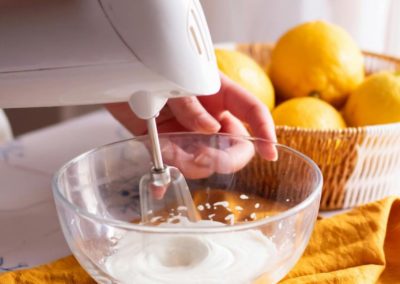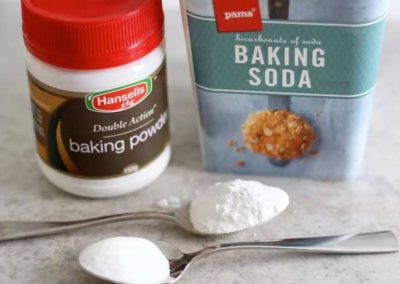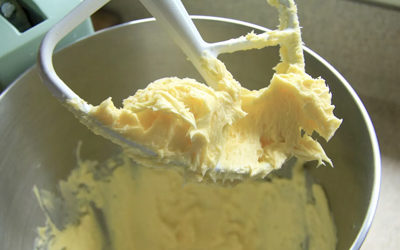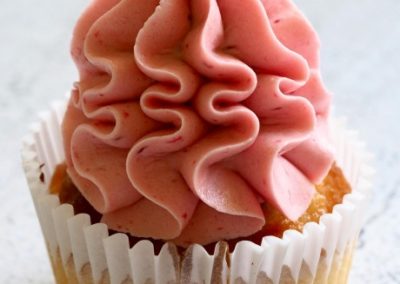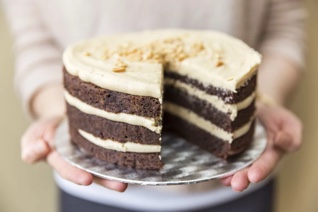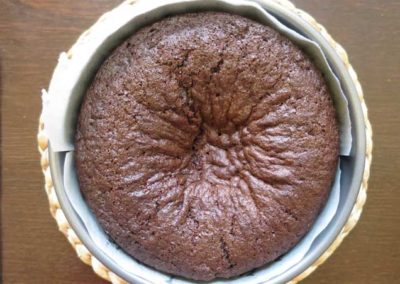
HOW TO: TIPS & TRICKS
“WHY DID MY CAKE SINK?”

SUNKED CAKE DISASTER STORY…
The cake you see here is hiding a secret. Underneath it’s frosting and pretty flower is one big ugly hole. That’s right. I baked a cake and it sunk completely in the middle. But you couldn’t tell from looking at it could you?
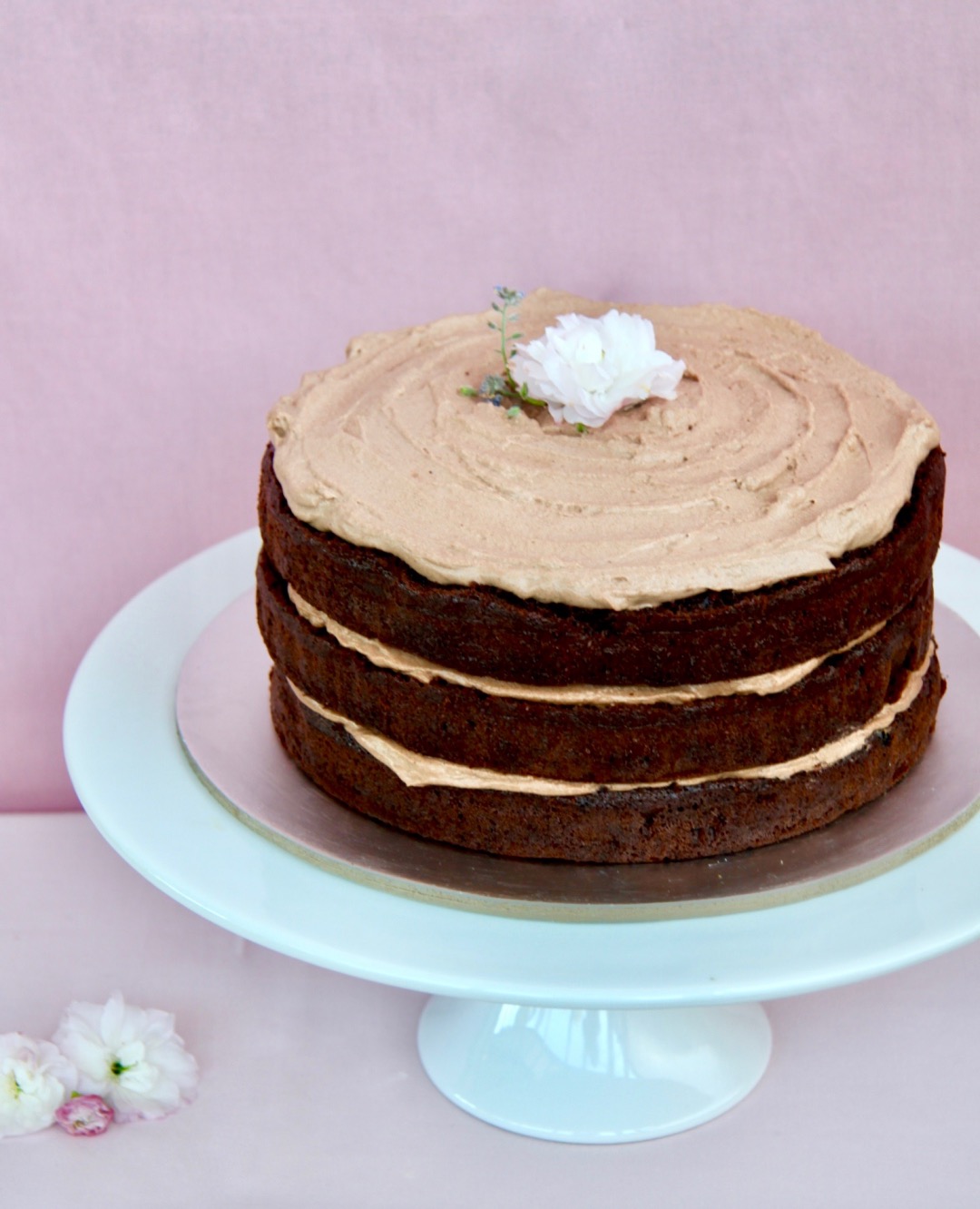
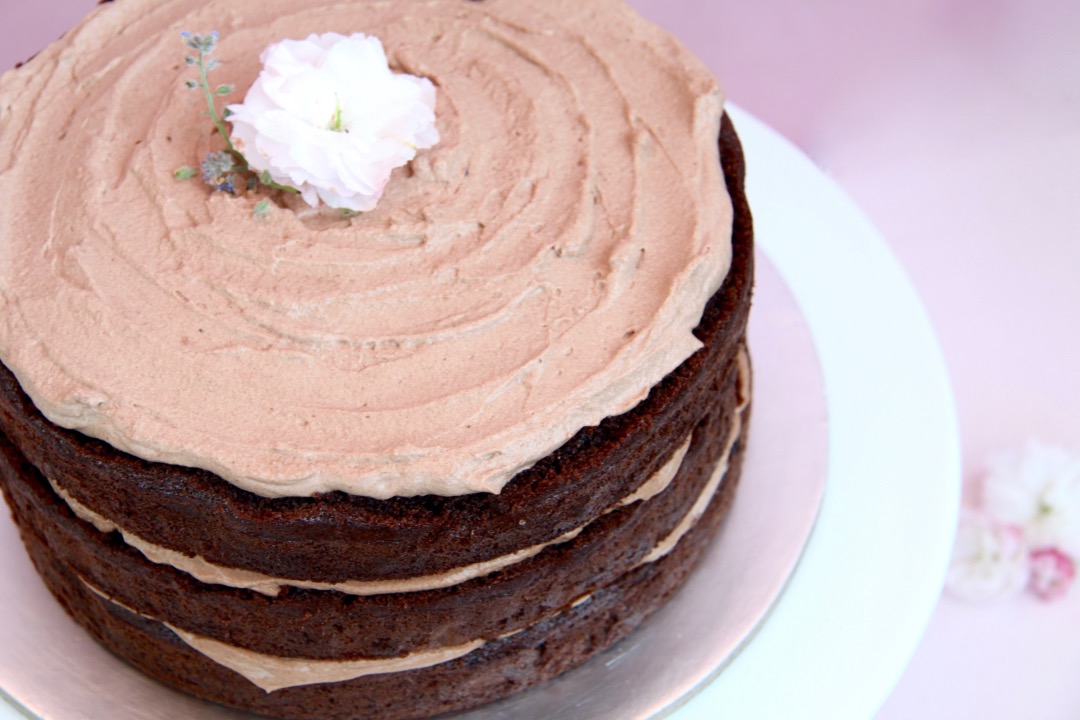
Thankfully, this cake was a tester cake in preparation for a special event coming up which needed to meet these requirements:
1. A three tier, naked chocolate coconut cake recipe
2. Sturdy enough to hold several layers
3. Tasted great
4. One that could be easily converted into three different cake tins.
Not so hard right?
Well…
I started with a basic chocolate butter cake recipe I was happy with and began altering it to fit the criteria. I tested the cake out on the smallest tier which was a 7 inch round cake. I mixed the batter together, poured it into the cake tin and was feeling pretty confident that it was going to be a success.
But I was wrong.
Look
what
happened:
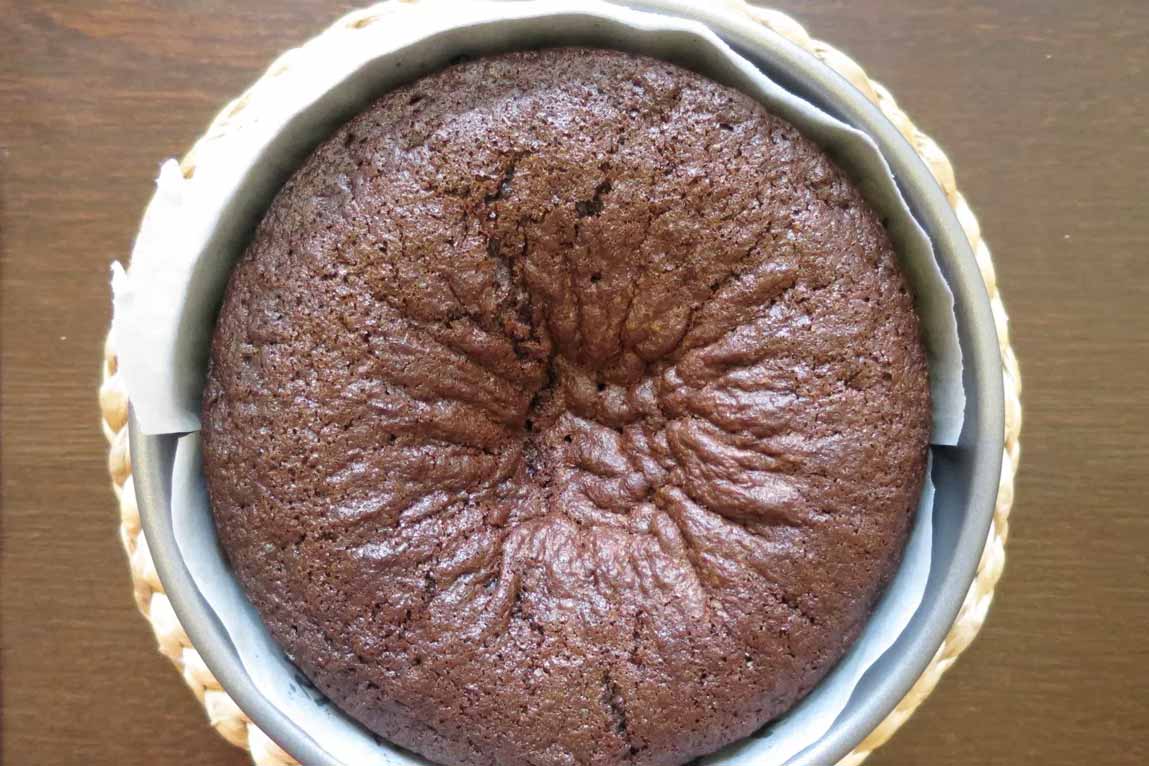
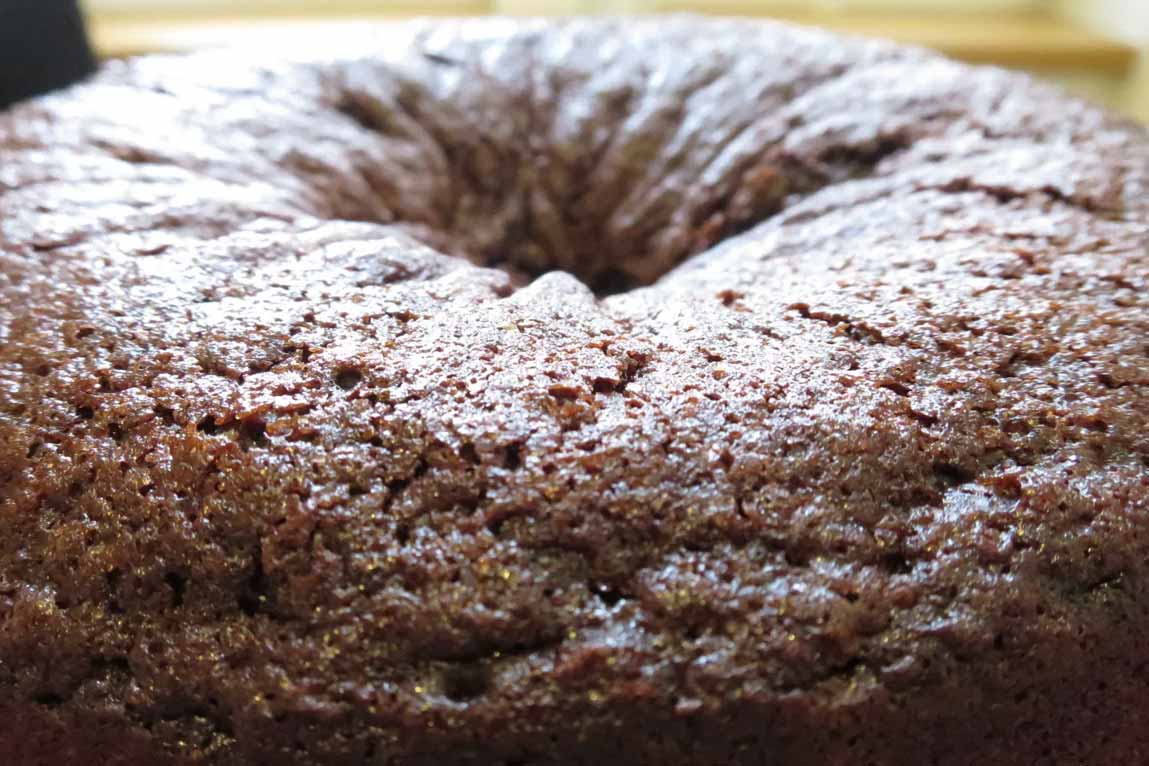
What happened? Why did my cake sink?

Although I had calculated everything out exactly right, weighed all ingredients appropriately and followed my usual baking secrets, one thing failed me: my scales – as much as I hate to admit it. Usually I measure baking soda and baking powder using measuring spoons but this time I decided to use my scales and because the baking powder is so light, the scales didn’t register the weight and thus I added much more than needed. Lesson learned – I either need to use a measuring spoon or buy new scales to weigh the baking powder for the actual cake event.
In short: My cake sunk because too much leavening was added. It rose so much that it could not withhold it’s weight and therefore collapsed on top of itself.
As this was only a tester cake, I wasn’t too disheartened – sometimes trials work, and sometimes they don’t. Besides, I managed to dress it up for a Saturday morning brunch with friends – phew, no wasted cake here.
Before we get onto looking at ways to save sunken cakes, let’s first see what other contributing factors can cause a cake to sink…
Why else do cakes sink in the middle?

1. It’s under-cooked
Cakes cook from the outside in, and therefore sometimes a cake can look done on the outside, however it’s still under cooked or raw in the middle. When this happens, the raw batter sinks into the cake creating a hole. Inserting a skewer in the middle of the cake is a good way to test if a cake is cooked through or not – if it comes out clean, it’s cooked, if it comes out with batter on it, it needs more cooking time. Check out this post for more about how to know when your cake is done.
2. Not enough acidity
Acidic cakes (and all other baked goods) cook/set faster when there is more acid in the recipe. If the recipe has too much baking soda in it, the adcidity levels drop and thus your cake may never cook. Learn more about baking soda here.
To know if there is too much baking soda in the batter, taste it! If it is soapy tasting, mix in 1 – 2 tablespoons of vinegar straight into the batter – this will add more acidity and help your cake to cook – you won’t be able to to taste it – promise!
3. Over-mixing
For some reason, it’s not so satisfying to only partially mix cake batter until it’s just combined. I think most of us have an urge to mix thoroughly until the batter is super smooth and creamy looking. However over-mixing in this way strengthens the gluten structures too much and creates more air which causes the cake to rise and then fall again (a bit like what happened with my baking powder situation). It’s fine, in fact best to do all your mixing of the dry and wet ingredients separately, i.e. before they are combined together – because gluten forms as soon as the dry meets the wet and beating ‘air’ into the dry mixture isn’t going to do much else other than create a messy cloud of flour.
4. Oven Temperature
It is also tempting to peak inside the oven to check on your cake. Opening and closing the oven dramatically affects the overall cooking temperature which prevents the cake from cooking evenly and can cause it to sink. If you do check on your cake, limit the checking time to at least the last 20% of the overall cooking time so that the cake has had a good chance to do most of it’s rising and setting already.
On this note, it’s also important to put the uncooked cake into the oven immediately (after it has been prepared) as soon as the oven door has first been opened, to avoid too much heat loss. It’s easy to open the oven door, walk over to the table, pick up the cake tin, and put it into the oven. A lot of heat has been lost in that short process, so best to have everything ready to go – have cake in hand, open oven door and put the cake in pronto.
Also, ensure that your oven is at the right temperature to start with. If you don’t trust your oven temperature gauge, it could be a good idea to invest in an oven thermometer.
Now if it’s too late for the tips above and you are now staring at a sunken cake, don’t worry. Below are some ideas to help dig you out of your tricky situation (excuse the terrible pun)…and hopefully these tips above can help you for next time!
How to save a sunken cake:

It sure can be frustrating when disasters like this can happen but I’m a believer in waste-not-want-not and most of the time a sunken cake can be saved! My chocolate coconut cake is testament to this – it was ‘naked’ and I still managed to hide it’s hole!
1. Fill the hole
Fill the hole with whatever goes with the cake. In my case it was coconut, so I filled that baby up then covered it with icing and placed a pretty flower on the top. When my friends and I cut into it, one of my friends said: “Wow, how did you get the coconut inside like that?!”
Fancy that? The coconut filled hole actually looked impressive.
Depending on the flavour of your cake, you could fill it with buttercream, fruit, chocolate, sweets etc. etc.
Get creative and impress your guests!
2. Make the hole bigger
Use a small glass or cake ring to cut the entire hole out to look like a ring cake. No one will ever know it was meant to be anything different.
3. Use the cake to make something else
…Like cake balls/pops, parfaits, trifle or cake served in pieces (‘rustic style’) with ice cream and warm chocolate sauce drizzled on top. Check out these cake balls and chocolate berry trifle recipes
So if your cake sinks in the middle:
- Don’t panic
- Read the notes above to figure out what may have gone wrong. Check out this post to see if it needs more baking time
- Get crafty and transform it into something else
Have you ever had to save a sunken cake before? If so, how did you rescue it?
YOU MIGHT BE INTERESTED IN
![]()

